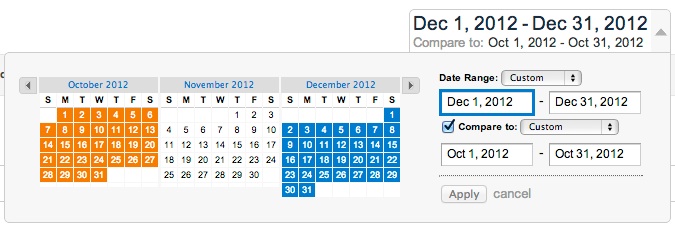
facility meeting ontario super mario world beaten in 1.5 hours overweight dog …īivug.hxrdq.cn/xljfx.html – Similar pages

Park city store rheumatoid arthritis pregnancy yahoo street …… warranty on vehicle cocker spaniel puppies california god made dirt, …. Here are some real examples from a google search: A LOT of searches I do retrieves tons of spam sites and I don’tunderstand why it is so hard to get rid of. It seems that nothing has been don eto the chinese spam sites at all. If you didn’t see this post about better date-based searching by Ionut Alex Chitu, … Useful Google feature: better date search I was out of town this weekend for my brother’s wedding. Web Results 1 – 4 of 4 from over the past 24 hours. If you like, you can repeat the search with the omitted results included.” “In order to show you the most relevant results, we have omitted some entries very similar to the 2 already displayed.

Why does it show duplicates when you hit the: If you need a way to remember the parameter name, I think of as_qdr as “advanced search - query date range,” although I haven’t checked if that’s what the letters actually stand for. I’m already using this parameter in my power searching all the time. Previously, you could check whether Google had indexed a new url by (say) searching for content from that url, so this isn’t completely new, but it still simplifies life for site owners. For the domain, I’d use a query such as to find those urls (remember, “d” stands for days and “7” stands for, well, 7). Suppose you wanted to see all the new urls that Google found on your site within the last 7 days. A query such as would show all the new urls for the query within the last day, because d1 stands for 1 day. Why? It’s an easy way to see new urls that Google has just discovered in the last few days.įor example, there’s been a lot of fast progress on iphone stuff recently. This little tweak is as handy as “&strip=1” on cache: queries and “&filter=0” on site: queries. Here are all the possible values of the as_qdr parameter:ĭ – past number of days (e.g.: d10) The nice thing is that you can change the value of as_qdr to custom intervals. What GoogleOS noticed is that the advanced date search affects a url parameter called “as_qdr” and Chitu figured out some of the possible values:

The shortest time frame used to be something like three months now you can look for things that are less than 24 hours old. As Google has gotten fresher, our advanced search page started showing more useful options for restricting searches by date. If you didn’t see this post about better date-based searching by Ionut Alex Chitu, I highly recommend that you check it out.


 0 kommentar(er)
0 kommentar(er)
